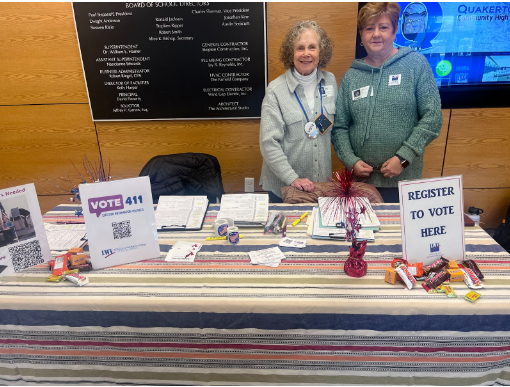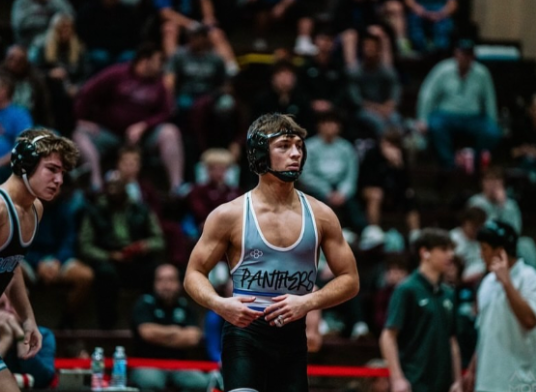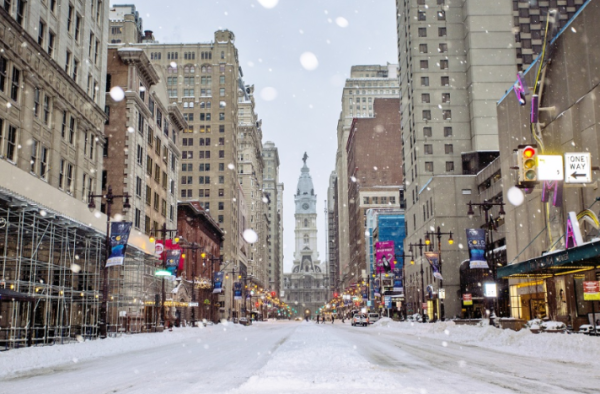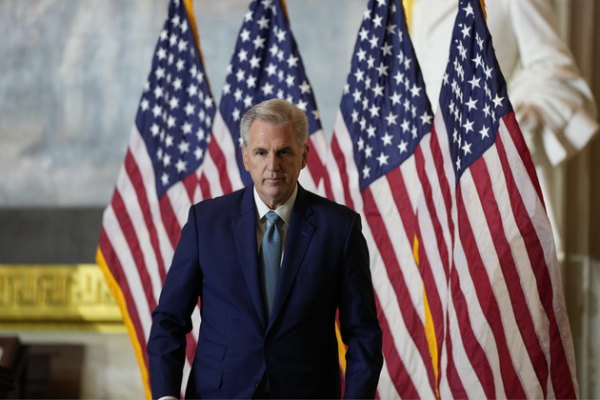Social Media’s Harm to Nature
December 22, 2022
On October 26th, Katie Sigmond posted a video of her hitting a golf ball into the Grand Canyon to her 7 million TikTok followers. Over a month later, and after abundant criticism, she is facing charges for disorderly conduct and throwing objects into the canyon. The TikTok influencer posted a video explaining her actions, and the comment section filled with others claiming that it was not a big deal. Although this situation may seem blown out of proportion to some, it contributes to a larger overarching issue of the harm social media does to nature.
In 2021, a similar event occurred when park rangers identified a man who hit a baseball into the Grand Canyon. A ranger shared the dangers of hitting a ball into the canyon that heavily outweigh the worth of getting a video for social media. There is potential that wildlife, or even a hiker, could be injured if hit by the ball. It could hit and loosen other rocks, posing the threat of a rock slide. These risks cannot be justified for the sake of getting a picture. Even more issues can be created as people are influenced by these videos to do the same, increasing the chances of these incidents occurring.
When a natural area becomes popular on social media, the amount of people that visit that area can significantly increase. This can hurt the natural area by attracting uneducated visitors. An example of this is the California Superblooms. The California Superbloom is a period that lasts about three months when thousands of wildflowers cover grasslands and desert in southern California. After it became popular on social media, many people came to see the Superbloom to get pictures and videos to share on their own accounts. Some of these people went off of the trails in the fields, trampling, laying, and even driving on top of the flowers for pictures.
Going off of the paths and trails is highly discouraged by many people, including nature reserve officials. Social media and the wish to get the perfect picture or video influence and induce these behaviors. California natural park officials created “#DontDoomTheBloom” in an attempt to decrease the harm done to the flowers. Unfortunately, even when told to stop, people continue to show this disrespect to the natural phenomenon every year.
Despite how social media can encourage mistreatment of the environment, many people use their social media platforms to spread awareness about environmental issues. When a post is made that includes harmful behaviors in nature, people take to comment sections to condemn the behaviors and educate the person who made the post. Many make posts about the proper way to interact with natural areas, like reminding others to stay on the paths and trails during the Superbloom. Officials recommend that people not geotag, or share their exact locations, in their posts in natural locations, as it can attract careless and uneducated visitors. Posting appreciation of nature on social media does not have to be harmful as long as it is done with respect and care.












